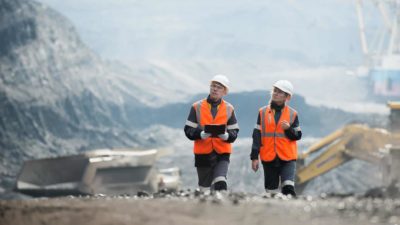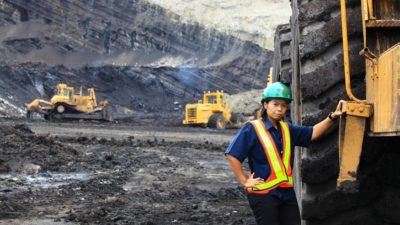The BHP Group Ltd (ASX: BHP) share price has drifted lower by 15% in the first six and a half months of 2024. The next three years could be very important for the business.
It has made several large moves recently, including the divestment of its petroleum business and two coal mines.
There are a few factors that could significantly impact BHP in the next three years, so let's get into them.
Profit is key
I think profit generation and expected profit will be key for deciding what investors are willing to pay for the business.
Three years is a long time in the resource industry because prices can change dramatically from year to year or even month to month.
FY24 recently ended, and the broker UBS expects BHP to have generated US$12.9 billion of net profit after tax (NPAT). However, in FY27 (three years away), UBS expects BHP to generate US$11.67 billion of NPAT. That would be a drop of around 10%.
According to UBS's numbers, the BHP share price is valued at 11.3 times FY24's estimated earnings. If the business continued at the same price/earnings (P/E) ratio in three years, it could mean the BHP share price falling to around $38.50, which would be a fall of around 10%.
UBS noted that the outlook for China and the iron ore price is "uncertain". The Chinese economy is not growing strongly, and the real estate/construction sector is not performing as hoped.
BHP dividend
Many investors focus on the passive income from BHP shares because that's where a large part of the return comes from every year.
UBS thinks BHP will be "conservative with the dividend payout ratio as it is set to lift capex [capital expenditure] materially in FY25/FY26".
The broker is forecasting that owners of BHP shares could receive an annual dividend per share of US$1.38 in FY27. At the current BHP share price of $41.76, that would represent a grossed-up dividend yield of 7%.
Projects in the pipeline
The biggest change for BHP could be its projects. For example, construction of stage one of the Jansen potash mine in Canada is now more than 50% complete, and stage two construction is underway. BHP is expecting its first production in 2026 and aims to be a major global producer of potash by the end of the decade.
BHP's potash mining could ramp up significantly by the end of FY27.
The company intends to review its decision to suspend nickel mining in Western Australia by February 2027. In three years, the business may have resumed mining nickel or decided on an even longer closure for the nickel mines.
While the company's attempted takeover of Anglo American was fruitless, it shows the company's intention to become a larger copper miner. It wouldn't surprise me if the business had started or acquired at least one more copper project within three years from now.
BHP may also be able to grow its iron ore production in the long term if it can improve its efficiencies and logistics supply chain.
Unless the iron ore price rises from here, it could be challenging for the BHP share price to rise significantly over the next three years, with UBS predicting a decline in profit over this period.









